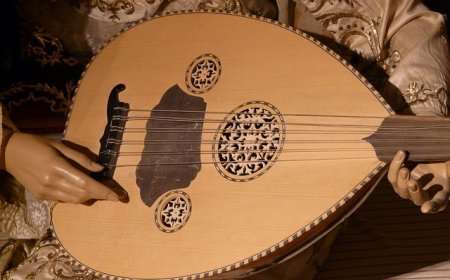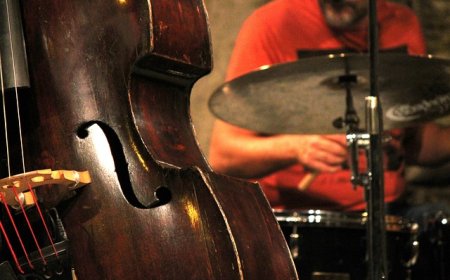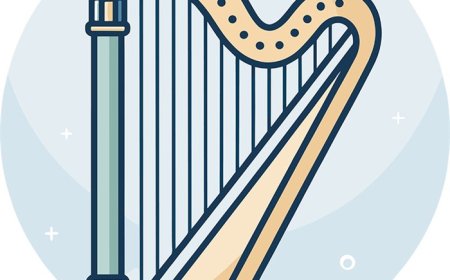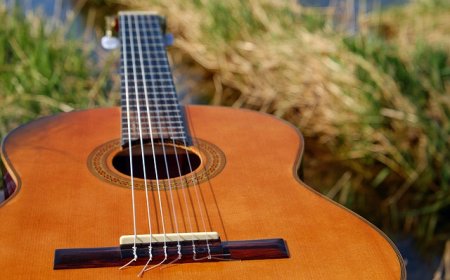Trombone Facts for Students | Learn How the Trombone Works & Its History
Explore the trombone—how it works, its parts, history, famous trombonists, and fun facts. Perfect for students and beginner musicians who want to learn about brass instruments.
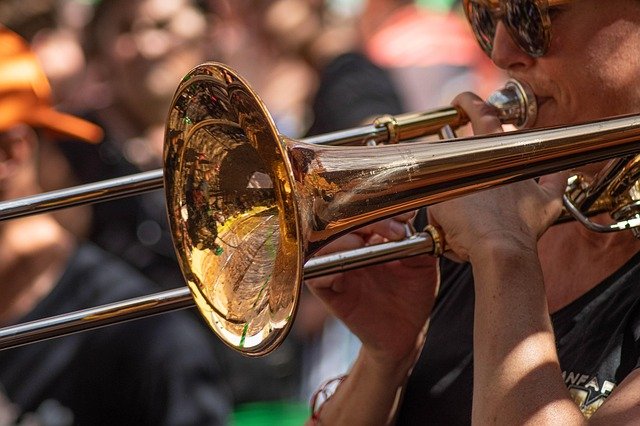
🎺 All About the Trombone
🥇 Introduction
The trombone is one of the most unique and fun instruments in the brass family. It stands out because, unlike most brass instruments that use valves, the trombone uses a long slide to change notes. This gives the trombone its smooth, gliding sound that’s perfect for jazz, classical, and marching band music. Whether it’s playing a bold melody in a symphony or adding a jazzy flair to a solo, the trombone is full of character and charm.
🎼 What Is a Trombone?
A trombone is a brass wind instrument that produces sound when the player buzzes their lips into a mouthpiece, just like with a trumpet or tuba. However, instead of using valves to change pitch, the trombone uses a slide. By extending or shortening the slide, the player changes the length of the air path inside the instrument, which changes the pitch of the note being played.
The most common type is the tenor trombone, but there are also bass trombones and alto trombones. The trombone’s bold, rich tone makes it an important member of orchestras, jazz bands, brass ensembles, and marching bands.
🧩 Parts of the Trombone
- Mouthpiece – Where the player buzzes their lips to create sound.
- Leadpipe – Guides air from the mouthpiece into the instrument.
- Slide – Two long tubes that move to change the pitch; there are seven main positions.
- Bell – The flared end where the sound comes out.
- Trigger/Valve – Found on bass and some advanced tenor trombones; adds tubing for lower notes.
⚙️ How Does the Trombone Work?
The trombone works by combining lip buzzing, steady airflow, and slide position. When the player buzzes their lips into the mouthpiece, vibrations travel through the tubing. Moving the slide out lengthens the tubing and lowers the pitch; sliding in shortens it and raises the pitch. Because the slide has no fixed stops, players rely on ear and muscle memory to hit each note accurately.
📜 History of the Trombone
The trombone began in the 15th century as the sackbut, a softer, smaller version of today’s instrument. During the Baroque period, it featured in church music. By the Classical and Romantic eras, composers like Mozart, Beethoven, and Brahms included trombones in orchestras. In the 20th century, the trombone became central to jazz in swing and big bands, and today appears in styles from classical to funk and ska.
🎷 Famous Trombone Players
- J.J. Johnson – Jazz legend known for smooth bebop solos.
- Tommy Dorsey – Big band leader famed for lyrical trombone melodies.
- Christian Lindberg – Renowned classical trombone soloist.
- Slide Hampton – Jazz trombonist and composer with expressive style.
- Carol Jarvis – Versatile modern trombonist active in pop, film, and classical.
🎶 Learning to Play the Trombone
Beginners start on a tenor trombone, focusing first on a clear lip buzz into the mouthpiece. Next they learn the seven slide positions by ear and memory. Reading music, practicing long tones, and playing simple melodies build tone and technique. Trombones are popular in school bands, orchestras, and jazz ensembles; with practice, students can perform solos and group parts alike.
😄 Fun Facts About Trombones
- The name “trombone” means “large trumpet” in Italian.
- Unlike most brass instruments, it uses a slide instead of valves.
- Players can make a smooth glissando by sliding between notes.
- Bass trombones often include a trigger to access very low notes.
- Trombones appear in pop hits by Stevie Wonder and Earth, Wind & Fire.
👧 Kid-Friendly Summary
The trombone is a brass instrument that makes sound when you buzz your lips and move a slide. It has no buttons—just a long slide that you push in and out to play different notes. Trombones have been used for hundreds of years in bands, orchestras, and jazz groups. If you want an instrument that can play both bold blasts and smooth slides, the trombone could be perfect for you!
📚 Vocabulary Words
- Brass family – Metal wind instruments played by buzzing lips.
- Slide – The part you move to change the pitch.
- Buzzing – Lip vibration to produce sound in a brass instrument.
- Mouthpiece – The cup where you buzz to start the sound.
- Trigger – A lever on some trombones that adds tubing for lower notes.
- Glissando – Sliding smoothly between notes.
- Bell – The flared end where the sound emerges.
- Slide positions – The seven key placements of the slide for each note.
❓ Interactive Quiz
1. What part of the trombone is used to change the pitch?
A. Valve
B. Button
C. Slide
D. Lever
2. What does “trombone” mean in Italian?
A. Large trumpet
B. Slide horn
C. Musical bell
D. Metal flute
3. How many slide positions are there on a standard trombone?
A. 3
B. 5
C. 7
D. 10
4. Which of these is a famous jazz trombonist?
A. Christian Lindberg
B. Slide Hampton
C. Yo‑Yo Ma
D. Taylor Swift
5. What unique effect can the trombone perform?
A. Play two notes at once
B. Slide smoothly between notes
C. Use a bow
D. Tap rhythms on the bell


















































